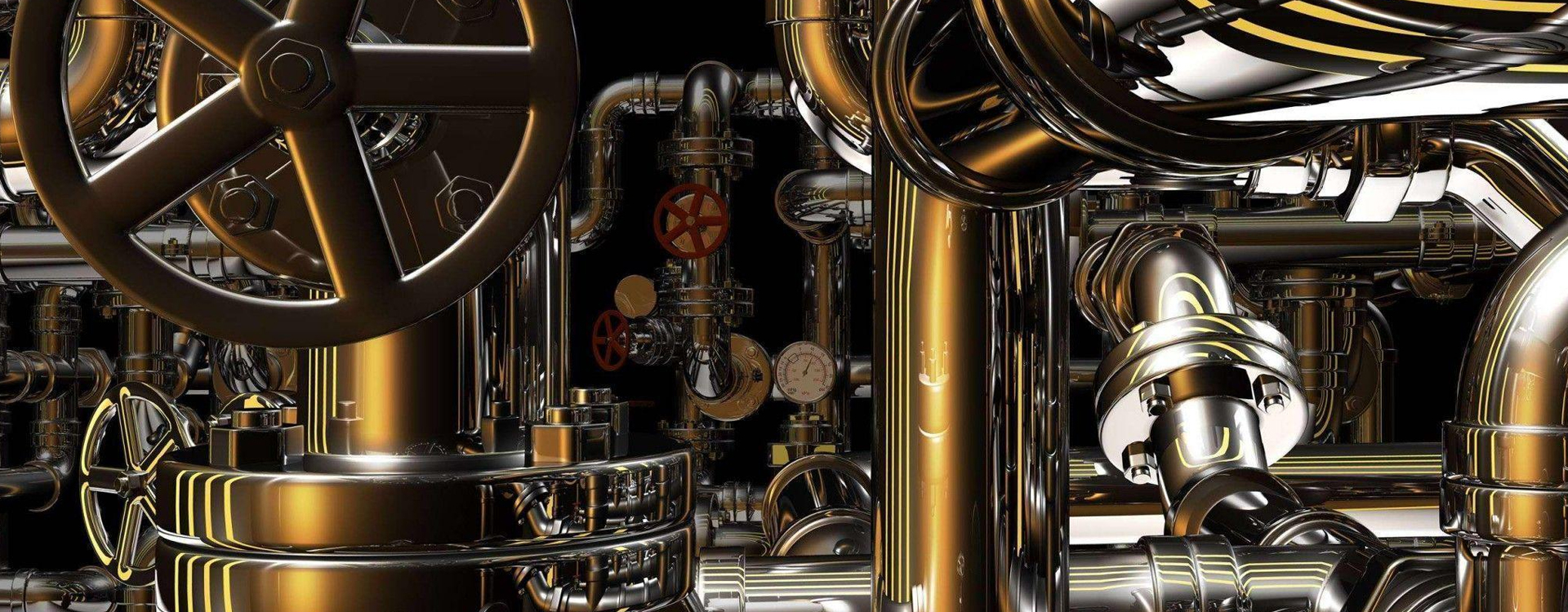Seminar Details
Agricultural practices are indigenous and accounts for considerable GDP (Gross Domestic Product). In recent decades, due to enormous world&rsquos population growth and dwindling of cultivable land, cultivation practices are to be improved for the supply of agricultural produce with respect to demand, which could be possible through farm mechanization and precision agriculture. Withal soil factors viz., pH, moisture content, strength, pulverization, macro-nutrient content (Nitrogen, Phosphorous and Potassium ratio in the soil-NPK ratio), micro-nutrients (Zinc, Iron, Calcium, Magnesium, Sulphur, Sodium etc.) also affects crop productivity as well. Among the soil factors enlisted, NPK ratio is considered to be a major trait as &lsquoNitrogen&rsquo is accountable for leaf development &rsquoPhosphorous&rsquo for root growth and &lsquoPotassium&rsquo for flower, fruit proliferation and assists in transportation of water, other elements in the crop. The macro nutrients are generally measured through two ways viz., chemical method (titrating NPK agents in soil aqueous solution and visualized for change with reference to NPK color charts) and with sensors (soil sample is placed under sensors and sensor response is calibrated) viz., Optical, Vision (cameras), Soil probes. In this study, soil samples from the selected site of NITRKL (lawn of ID dept. at ground floor) were collected through standard procedures. Each soil sample after sieving through 2mm sieve, is divided in to two equal halves. One half is used to prepare aqueous solution and other was spread on plain white paper and observed for the soil reflectivity with the aid of Arduino Uno coupled with RGB sensor (TCS 3200),ambient light sensor (TEMT 6000) and temperature sensor (DHT 22) at the fixed intervals of time (9 am,12 pm,3 pm,6 pm).The aqueous soil solution (about 4 ml for each nutrient) is transferred to three individual test tubes and added with respective chemical viz., corresponding to NPK, titrated well and observed for color change through vision sensor (Logitech BC950). The HSV values of each corresponding element was mapped through lookup table and finally the NPK values for each soil were obtained. The Nitrogen, Phosphorous and Potassium values of soil samples ranged from 0-40 kg/ac, 0-45 kg/ac and 0-150 kg/ac respectively. Further the reflectivity values of soils samples obtained through Arduino Uno corresponding to ambient light and temperature are to be co-related with the measured NPK values through AI agents viz., Fuzzy Logic, ANFIS (Adaptive Neuro Fuzzy Inference System) etc.


